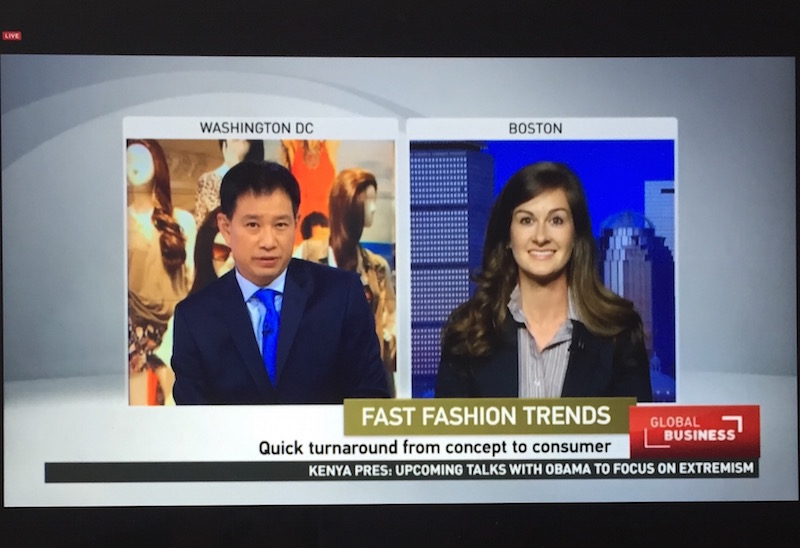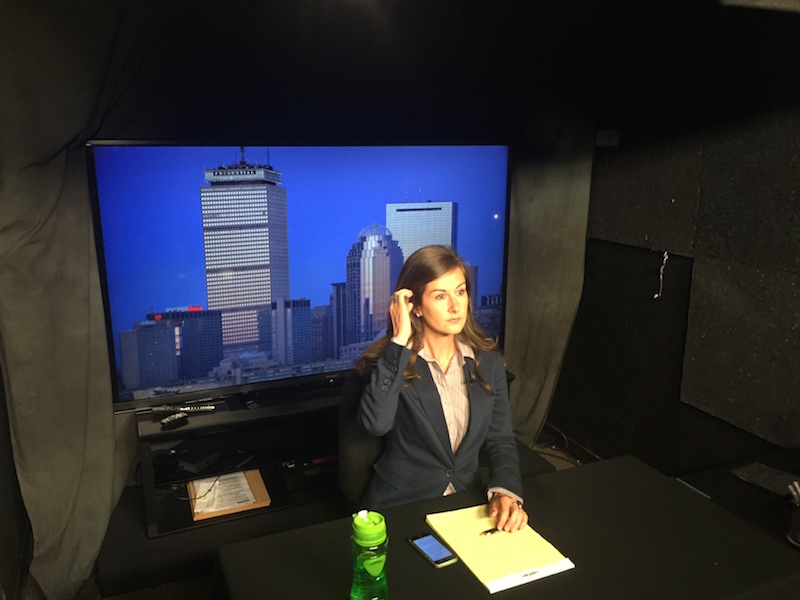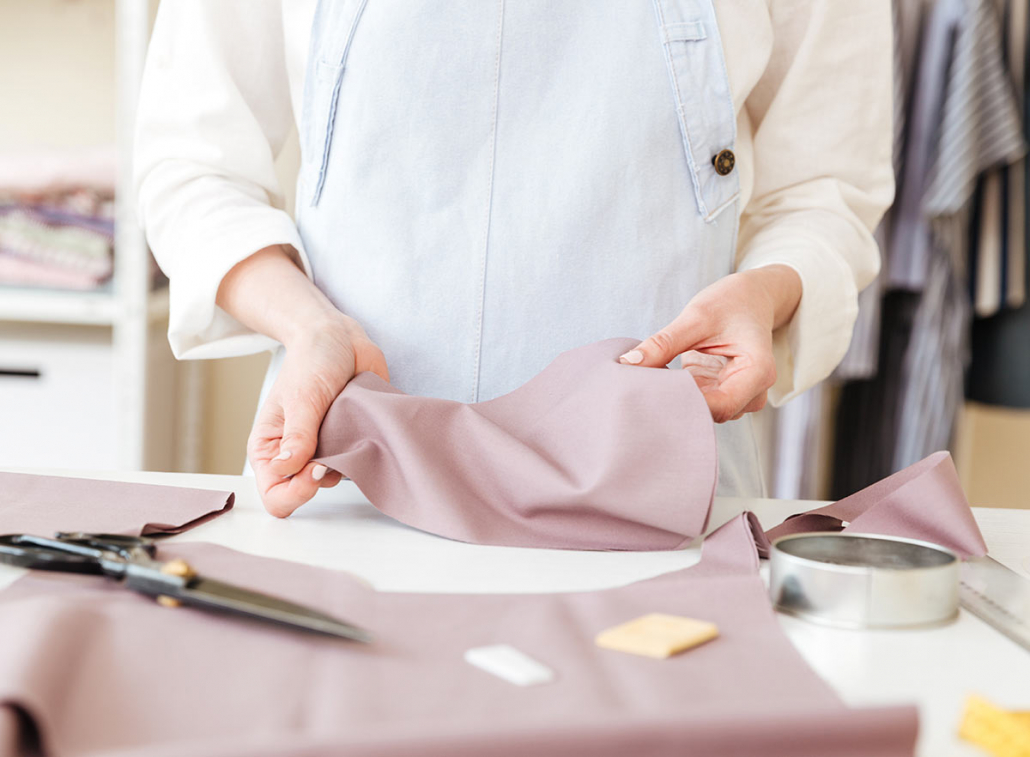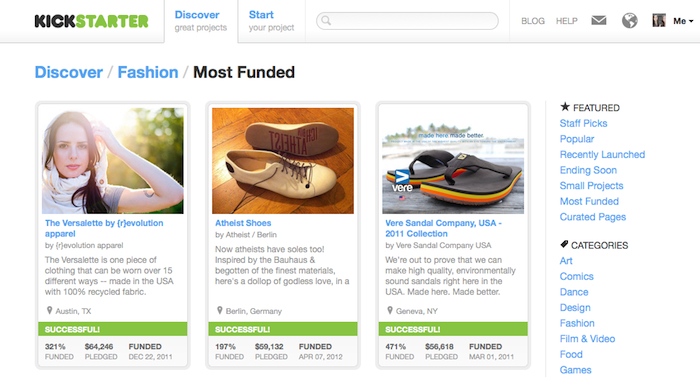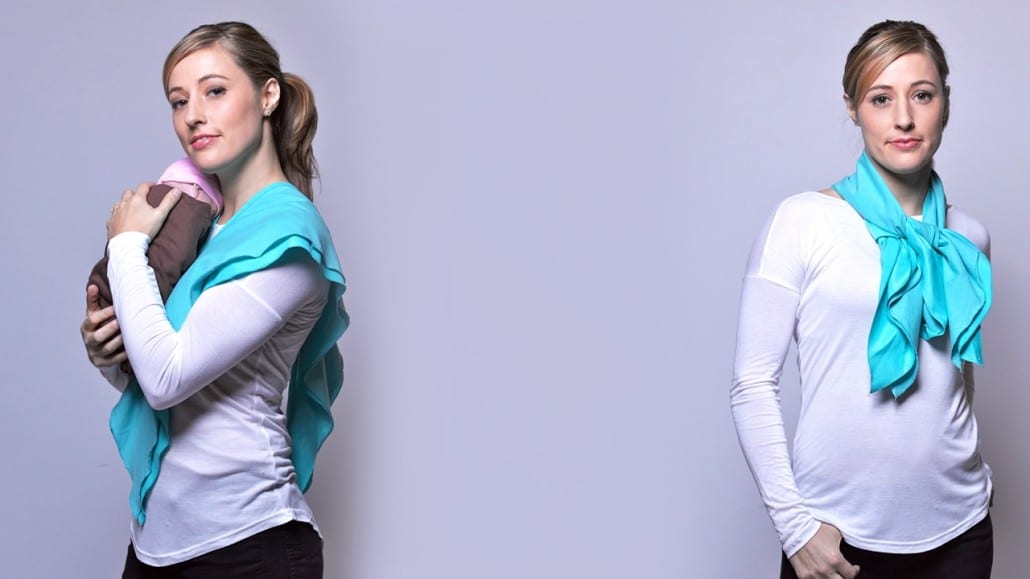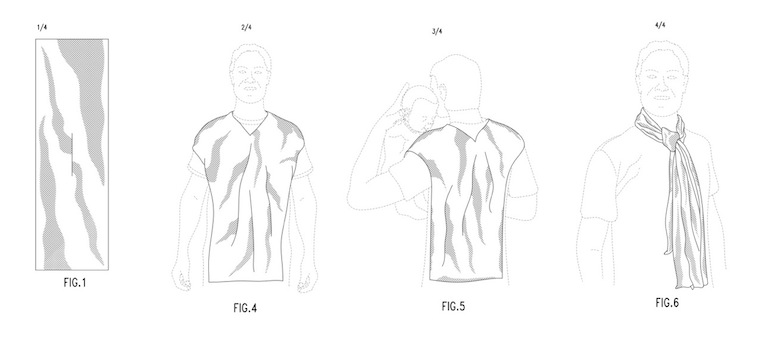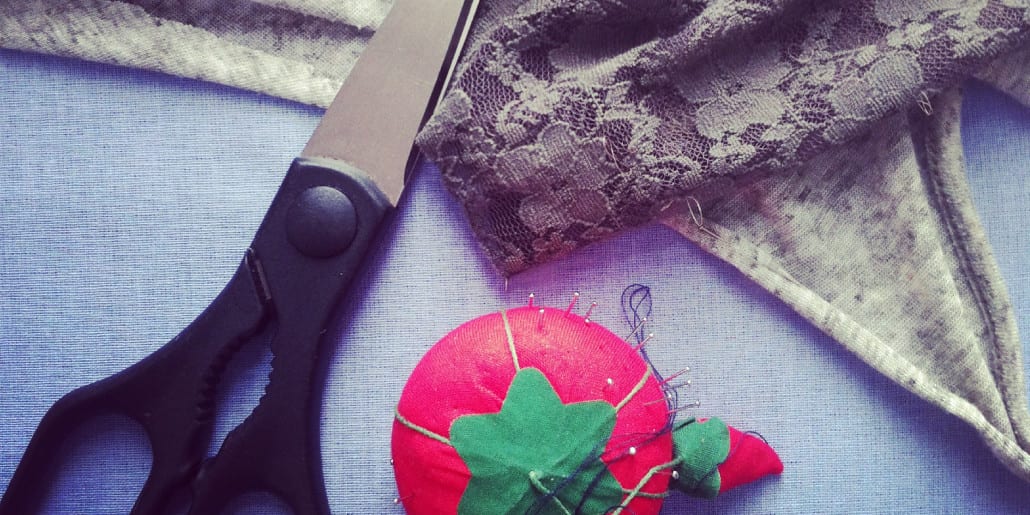What do you do when you’re sent a live interview request for international television?
You say, no, of course. Who would ever subject themselves to that kind of stress?
I was walking home from a morning of co-working when I got an email from a producer at CCTV America.
She had found an article I wrote for the Huffington Post and wanted me to talk about fast fashion for their primetime news show, Global Business America.
The segment would air live at precisely 8:22pm that night. Was I available?
As someone who is perfectly happy to stay in my little home office, taking interviews by phone and email, my first instinct was to ignore it.
She wants me on live TV in less than 7 hours? That’s nuts. That’s not enough time to prepare…. I’d have to be crazy to do that….
And yet, as my stream of conscious is screaming, “Shannon, don’t do it! Too scary, too scary!” I find my fingers typing:
I’d love to come on the show tonight. Let me know about next steps.
(I like thinking about this sequence as a scene from Pixar’s “Inside Out” – if you’ve seen the movie, you know exactly what I’m talking about.)
Fast forward, and all of the sudden I’m on the phone with the producer, doing a pre-interview and she is arranging for a car service to pick me up and take me to the satellite studio in downtown Boston later that night.
Of course, the rest of the day fell to shit as I prepared for the segment and tried to talk myself off the ledge from what I had agreed to.
“Sustainable Fashion Advocate Has Massive Meltdown on Live Television, Bringing Shame to a Fledgling Industry” was the headline I was preparing myself for.
By 7:40pm, there was a black car sitting outside my house to take me to the studio. And for reasons unbeknownst to me, I got in it.
Sitting in the green room, I was taking deep breaths, using the pointer to index finger technique used in yoga and meditation, and telling myself that no one would be watching so it didn’t matter if I sucked.
“Just because it streams to 85 million viewers in over 100 countries doesn’t mean that anyone actually watches it…”
Before I know it, I’m in the studio, in front of a fake Boston skyline, hooked up to a microphone and earpiece and staring into a black screen. The audio tech says “good luck,” closes the door and leaves me the in the room by myself.
Shortly after, a producer in DC comes into my ear and says, “Shannon, you’re on in 90 seconds.”
All the curse words.
“Shannon, you’re on in one minute.”
And that’s when I hear the pre-recorded segment go live. I hear a reporter talking about Bauble Bar and fast fashion and how great the business model is for consumers and companies.
In my ear: “The fast fashion model is successful because it gets the consumer what they want, at an appropriate price, in the time frame that they want.”
Cut to my brain waves: Uhhhh, do they, like, know I’m against fast fashion?
“Shannon, you’re on in 30 seconds.”
More curse words.
In my ear: “For just under 40 dollars, you can buy a chic bra and underwear set.”
As I hear the anchor segue into introducing me, I give myself one last chance to panic and blackout.
A few seconds later, I’m on live television talking about the topic that I’m most passionate about.
Showtime.
You can watch the first segment here and the interview here:
And just like that it was done. And I didn’t flop, or freeze up, or accidentally say “shit” instead of “shift.” I flipped the script on how the business of fast fashion is typically portrayed and even had some fun doing it.
Moral of story? Sometimes things are scary and they do flop (case in point: my speaking engagement at ECO Fashion Week three years ago…)
But sometimes, they’re awesome. Sometimes, they’re more important than your fears.
Here’s to losing your shit and winning it back,

